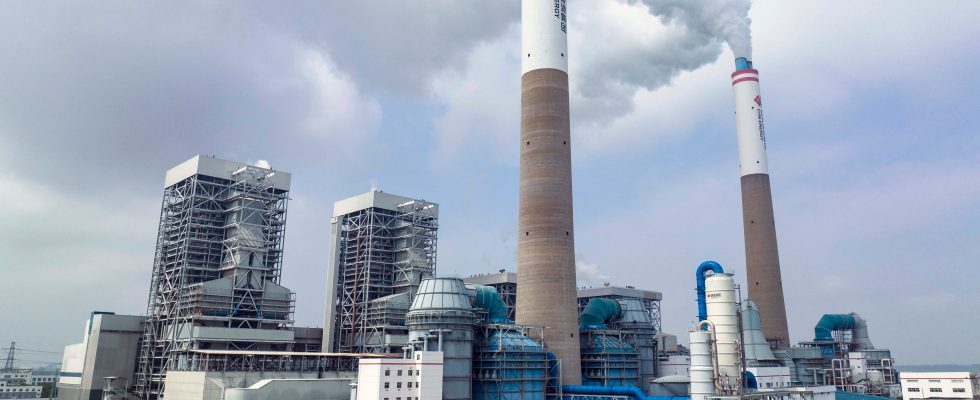What if the future of a well-known small molecule played out in the Texas desert? A historic bastion of American oil, this state has become the site for the development of one of the most popular technologies to try to slow down global warming: the capture of CO2 from the atmosphere. The latest, the giant carbon dioxide vacuum project of the oil company Occidental Petroleum which should enter service in 2025.
Long remaining a solution watched from afar by climate experts, carbon dioxide capture and storage (or CCS in English), has experienced a meteoric acceleration and new credibility. From IPCC scientists to experts from the International Energy Agency (IEA), all predict that they will become essential, alongside mitigation policies, to achieve our climate goals. The IEA thus warns in its trajectories that the volumes of CO2 captured should triple by 2030, going from 40 million tonnes of carbon dioxide in 2022 to 115 million tonnes in 2030.
Among the solutions, two principles coexist. On the one hand, capture technology intended to avoid emissions from very high carbon industrial sectors, such as steelworks, cement or fertilizer manufacturing. This method should make it possible to recover the residual emissions of an industry, after significant process modifications aimed at reducing greenhouse gas emissions as much as possible. A relatively accessible solution since it targets CO2 in combustion fumes, where it is most concentrated.
The second technology remains more expensive in energy. It consists of directly collecting carbon in the air (or DAC in English, to direct air capture). This can be achieved using powerful fans, powered by carbon-free electricity, or other techniques involving inert surfaces capturing carbon dioxide through chemical reactions. “This solution makes it possible not to avoid emissions but to go further, by removing carbon from the atmosphere,” explains Sylvain Delerce, associate research director at Carbon Gap, an NGO dedicated to promoting elimination. CO2. This gas thus recovered is then compressed to be permanently stored in the ground, either by infiltrating it into groundwater saturated with saturated water (and therefore unfit for consumption), or at several meters depth in old oil or gas wells.
In recent years, new projects have emerged, with increasingly ambitious objectives. According to the International Energy Agency, there are currently 27 direct carbon capture sites in operation around the world, mostly scientific prototypes, but more than fifteen more massive projects are underway. These technologies should be at the center of debates at COP 28.
Above all, it will be necessary to convince people of their effectiveness. Because if they seem to be becoming essential, they have yet to find their technological maturity. “We expect in the coming years to see leaps of scale in terms of capture capacity, but also in reliability,” assures Sylvain Delerce. It remains to be seen in what context the CCS will be used. “We must avoid any phenomenon of competition between decarbonization policies and these techniques,” concludes the Carbon Gap researcher. “These two areas must play together otherwise we have no chance of getting away with it.”
